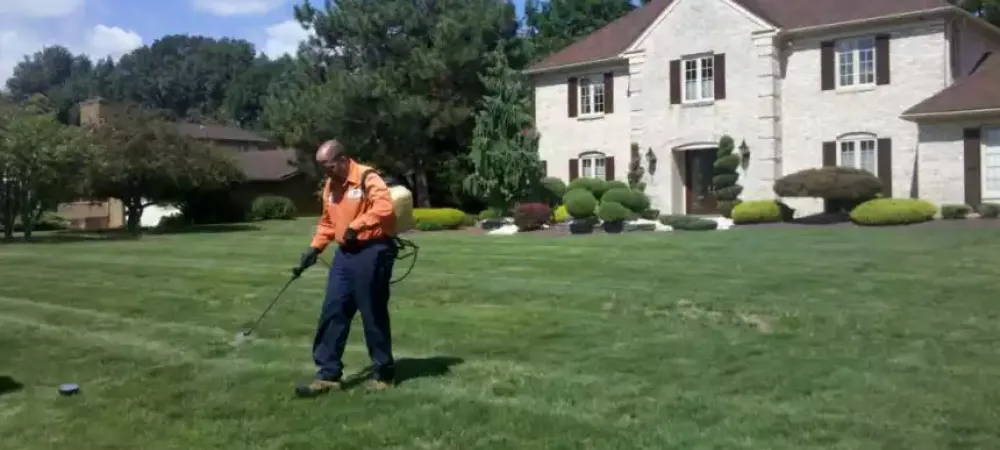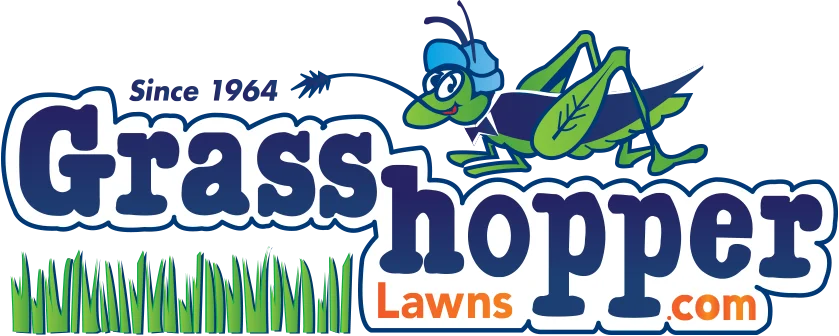Granular vs. Liquid lawn fertilizer: what’s the difference?

The answer is not much. Liquid fertilizer has been called the red-headed stepchild in years past, but the truth is that it doesn’t stray very far from granular products. You want the best for your lawn, right? Of course you do. So read on to separate the facts from those nasty little rumors about lawn fertilizer.
The facts about feritlizer for your Scranton lawn
As with anything, there are pros and cons to both types of fertilizer. For one to be considered better than the other, it really just depends on the specific situation in which it’s being used.
Consider the size of a lawn: No one with half a brain is going to drag a liquid hose across 100,000 square feet of lawn. First off, it wouldn’t reach. Second off, even if it did reach, think of the time it would take to walk 100,000 with a hose. Not very cost effective.
On the flip side, techs applying granular can hop on a machine and bang out that 100,000 square foot lawn in about 2-3 hours, versus and entire day if they walked it. Very cost effective.
If you’re concerned with weeds, liquid is the way to go since it can reach all areas of the lawn, including those ever-annoying edges where weeds tend to hang out. Liquid is also cleaner in the sense that it won’t be visibly leftover on sidewalks, in mulch beds, etc. like with granular. This also means less tracking of granules into homes, which leads to less vacuuming (yay!).
Hot and dry periods during the year are prime for granular fertilizer. Grasshopper Lawns always uses slow-release, non-burning lawn fertilizer, which gives homeowners peace of mind. Granular also comes in handy when customers want to see physical evidence of the treatment.
It can be argued that liquid is the “greener” option, simply for the fact that no plastic/paper bags are being thrown away to sit in landfills, as with granular products.
Granular is generally cheaper than liquid. All you really need is a spreader (around $400), a bag of fertilizer (around $25-$50), and a certified technician to apply it. The up-front cost of utilizing liquid products can be very pricey. Agitating enhanced spray tanks are necessary for liquid applications, which can cost anywhere from $4,000-$18,000. A bulk mixing tank system may also be added if desired, which is an additional $500 or so.
In conclusion, here’s some food for thought: Liquid fertilizer can be made simply by adding water to a granular product. That being said, both liquid and granular products have a place in the lawn care industry. Many companies use both; the key is to find the perfect balance of the two, resulting in greener, more beautiful lawns homeowners swoon over.
